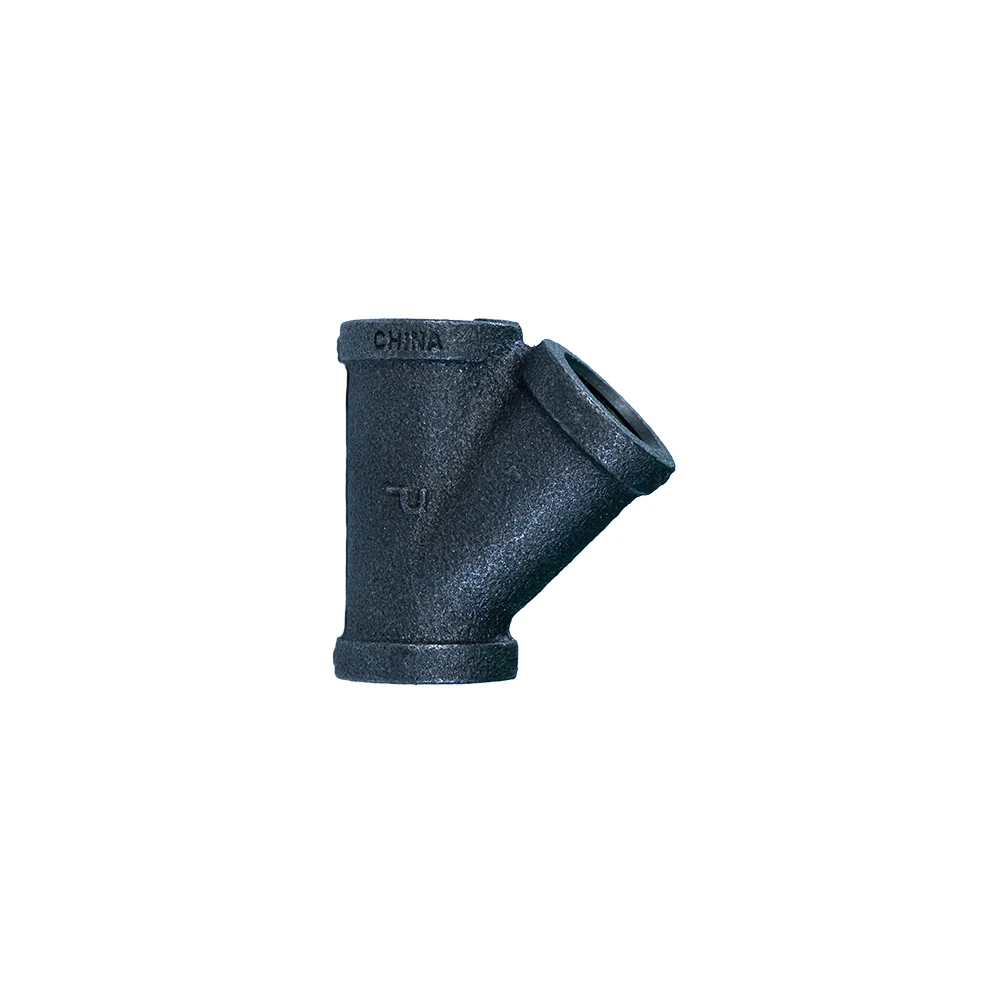Dated on ژانویه-20-2025


Engineers recognize the utility of blind flanges at the ends of piping systems. These flanges do not have a bore, which enables them to effectively seal off a pipeline, valve openings, or pressure vessel ends. Blind flanges are invaluable during pressure testing operations and facilitate maintenance activities by providing easy access to the system. Experienced professionals appreciate the versatility blind flanges offer, allowing for modifications and extensions in existing piping systems without extensive downtime. 5. Threaded Flanges Threaded flanges, offering a unique advantage by not requiring welding, are frequently used in high-pressure applications. They're ideal for systems where welding poses a hazard or accessibility issues. Experts recommend them for flammable, explosive, or highly volatile fluids management. However, threaded flanges are less common in larger diameters, and consulting an experienced designer is crucial to avoid pressure drops and ensure proper alignment. 6. Lap Joint Flanges Lap joint flanges are often used in conjunction with stub end fittings. This two-piece setup is beneficial in systems requiring frequent disassembly or realignment. While these flanges provide cost-efficiency by reducing the need for expensive flange materials, their pressure-holding capacity can be lower. Experts advocate for their use in non-critical, moderate pressure applications where the piping material can suffer corrosion, highlighting the lap joint's capability to allow easy replacement without excessive costs. 7. Ring Type Joint (RTJ) Flanges For severe services where leak prevention is critical, ring type joint flanges are a preferred choice. These flanges feature a grooved cut that aligns perfectly with a metal ring, forming a tight seal. The petrochemical and offshore industries rely heavily on RTJ flanges for their impeccable sealing properties under extreme pressure and temperature conditions. Professionals recommend routine inspection of the ring and maintenance to ensure the long-term efficacy and safety of the systems. In an industry that demands reliability and durability, understanding the specific advantages and applications of each type of pipe flange can not only improve system integrity but also optimize cost. Industry experts underline the importance of selecting the appropriate flange type based on parameters such as pressure, temperature, and fluid characteristics to ensure a successful and sustainable operation. As technologies evolve, staying informed about innovations in flange design and material helps maintain the authority and trustworthiness of engineering decisions.
Post time: ژانویه-20-2025
Prev:
Next:
Related PRODUCTS









